
Most music teachers have little to no time to actually deal with difficult subjects in their classrooms. It’s enough, to struggle with inculcating the student with a fundamental grasp of the instrument, situating them within a team sport such as band, or improving the performance level of their individual ensembles. Arguably, It takes an even more committed individual to teach the fundamental enjoyment of aesthetics. The following is a short excerpt of a conversation that I had with a friend, via social media (Facebook), that I believe can be used as a tool for investigation and exploration in the music classroom.
“If you’re cool with police brutality, let me clarify that…violence and brutal acts above and beyond the call of duty, then wait until it happens to you. It happened to me, and I teach college students, work in a high school performing arts after school education program. Violence is violence, bias, stereotypes, prejudice are all elements of mistrust and fear. I was harassed by the police of the 46th precinct here in NYC. Not as bad as the children in this video, but my civil liberties and rights were violated. This has got to stop!
This isn’t as simple as saying, “that’s them and I don’t have to worry.” It will happen to you next, and I’m speaking about all races, there is never a “I’m good, it can’t happen to me” get away free card. If it’s not happening to you, and you see it, you’re part of the violence. Point blank!” – Sheel (2015)
So, how can we apply a rant on social media or a quote from a prominent member in society to spark debate, discussion and/or dialogue?
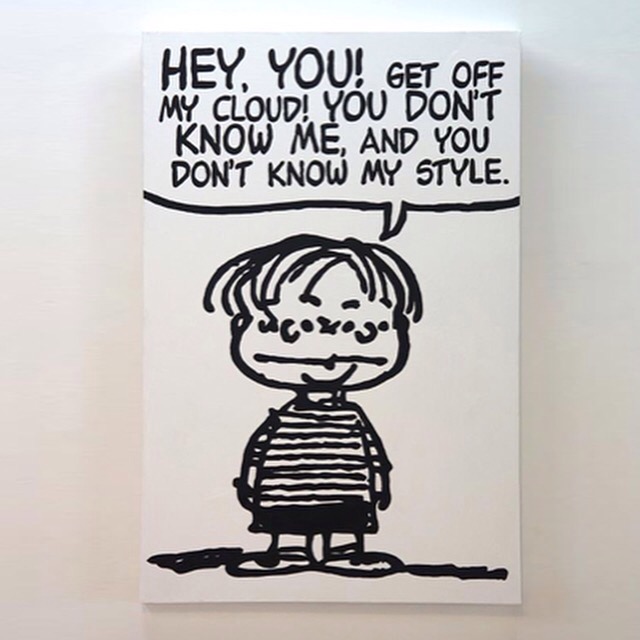
This literal, comical take, on a famous verse by Method Man from the Wu-Tang clan, can be interpreted as a invitation to get to know students and their secret musical world that they are/or are not participating in outside of the physical space of school. Over the course of this past Fall 2014 and following Spring 2015 semester I have been dealing the various ways in which we can deal with hip-hop in arts courses. I’ve been teaching a capstone course at a CUNY community college in New York City. the course, Democracy & Hip-Hop, centers on the site where the topics of democracy and hip-hop meet. Much of what we discussed in the weekly, Monday night, two and a half hour capstone course was centered on these themes; civic engagement, democracy, critical theory, voice, prejudice, justice, injustice, documentation, hip-hop and it’s elements, discussion and dialogue, among many other things.
Because the class was for non-music majors, and liberal arts & science students, at the end of their experience (2nd year) at this particular CUNY community college, the class was structured around open forum dialogue (Socratic method) and a group project (PBL). The way I kept the dialogue going on the subject of music and arts, was to give them a weekly assignment of creating a blog/playlist using the social media tool Spotify. In this blog/playlist, that I had previously created, they would have to answer five key questions along with reviewing or adding “hip-hop” music or related aural material in the open sourced Spotify playlist. The playlist/blog was named “Democracy and Hip-Hop 2015”. The students were challenged with adding new material, hip-hop music, to the playlist weekly, daily or at least during the time that the class took place (February – June, 2015).
Below you will find a bare bones schematic of what students used as prompts to complete the blog/playlist. Dr. Dan Brown (2010) in the Journal of Finnish Music Education (Vol. 13, No. 2, p.8-16), published an article called “Band As Reflective Collaboration, Advancing an Alternative Rehearsal Paradigm.” . Brown (2010) states that “there are those, including myself, who are looking for band to be a more collaborative experience.” (2010). The Blog format, as the vehicle, I feel is something which music educators all over America can use to engage students outside of the physical space of the classroom. A word of caution, please know, that blogs and open forum social media tools/ projects require teachers to be moderators. Moderators but not the police of it. In order to have an organic conversation or dialogue, it’s best to be part of the conversation instead of controlling it. Below you will find the substance of what we did regularly during the course of the semester together.
SPOTIFY – Blog/Playlist
Directions: Spotify…
You can click the following link to find the playlist for the capstone course link here SPOTIFY LINK ( https://play.spotify.com/user/blutrio/playlist/60nG3XuDrrOWcMirPkVxnd ). I hope you enjoy it and take the time to add to it, and/or create your own. If you create your own spotify playlist please share it on your _________________.
BLOG FORMAT
Title of Song:
Artist/ Band:
Current Mood:
Time:
Date:
Please answer the following questions in your blog entry. You may add more questions, but please do not take away from the prompts I have provided you. I look forward to reading your thoughts.
- How did you experience democracy this week?
- How many times did you witness or experience prejudice, bias or injustice this week?
- What tools did you use to cope with the various situations (prejudice, bias or injustice) you witnessed this week?
- Please add your favorite verse or lyrics that express your experiences this week.
Created by: Jarritt A Sheel 2014-2015
Throwback to the origin of the conversation….
The conversation was about the recent “pool party” incident that happened in McKinney, TX. During this incident a police officers serious over-stepped (egregiously) outside of their bounds during a call by a white community resident, to come to a community pool at which the young black teens were having a pool party. The white resident was angered by a group of neighborhood children (black) that had come to the pool and was slinging racial slurs at the underage teenagers (14-16 years old). The police arrived and started to man handle the children without cause or reason. The neighborhood was suburban and racially mixed, but apparently the police were not aware of this. The black children were not section-eight, but belonged to the suburban community, just like the white resident that had called the police on the children. So, this is how the social media conversation (Facebook) ended.
“I do feel bad for the good officers Paul Mahoney, however I believe the problem is endemic to the policing culture in America. We have to change the policy and culture of law enforcement here, and fewer people with badges will be hurt and will hurt other citizens. Somewhere along the way, police became separate from the other citizens, and above reproach. That wasn’t started by the police, but rather the people who were giving them semiautomatic rifles, rocket launchers and small tanks to militarize the police force. It was part of policy that had no educative element. It’s a shame, because the country is on the verge…tipping point.” – Sheel (2015)
I wish you well in your attempts to implement this in your music classroom, and the various aims that you may have in using them with your students. Good luck!
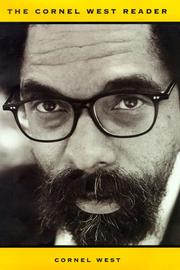
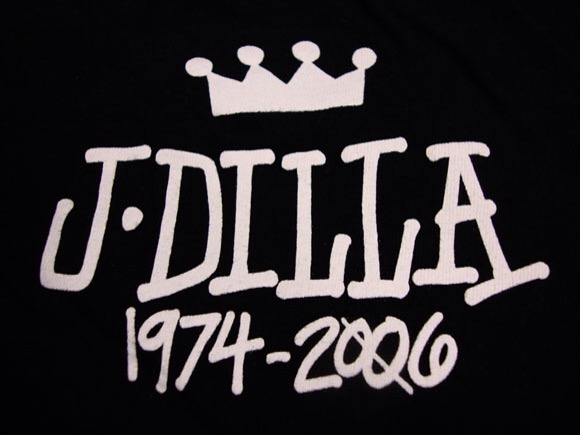
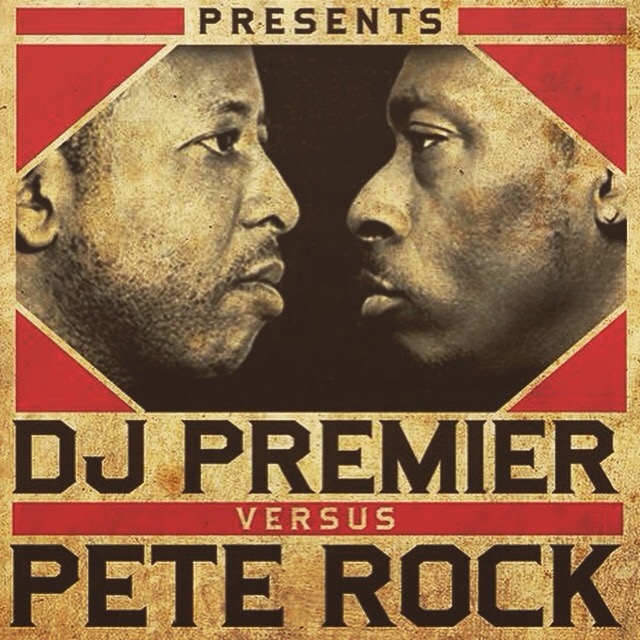
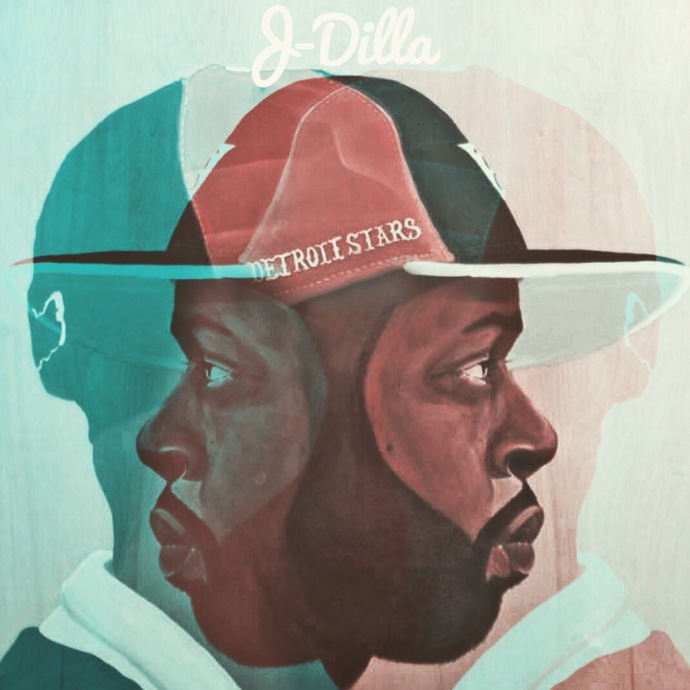
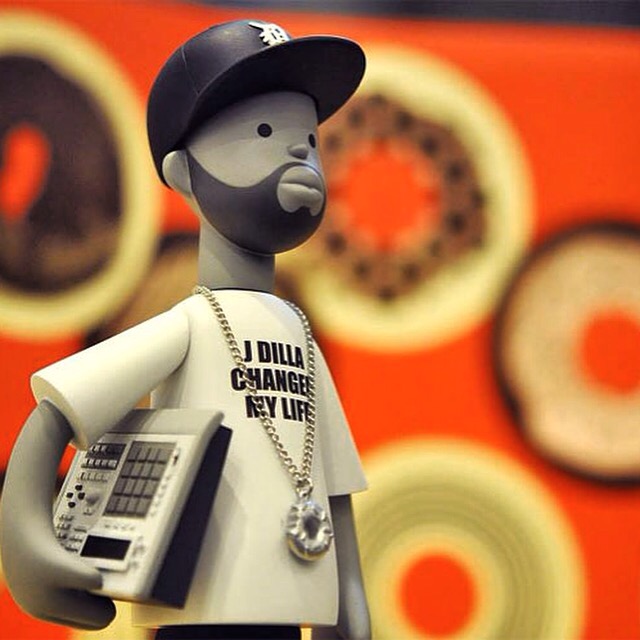
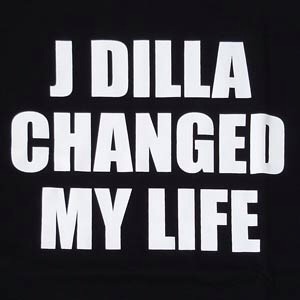
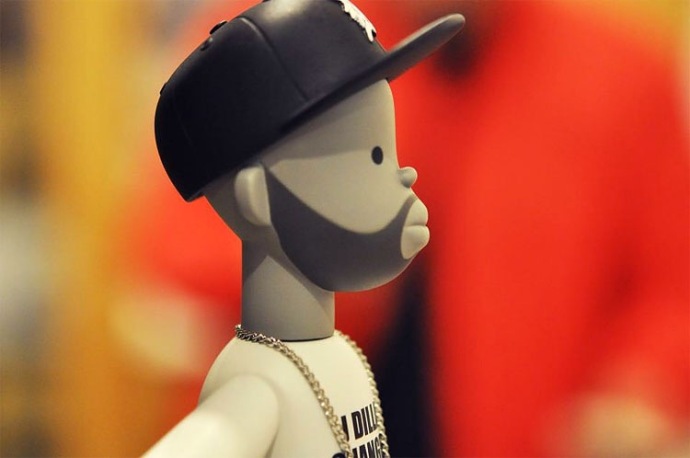
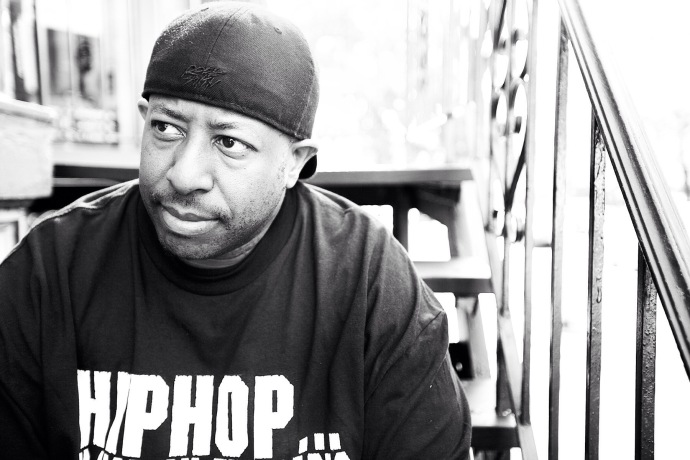
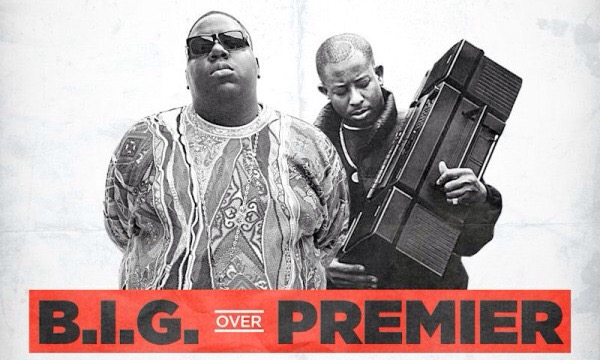
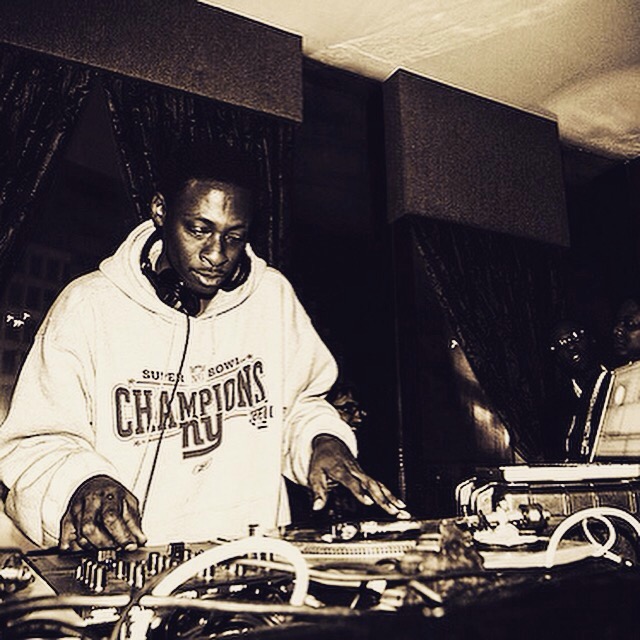
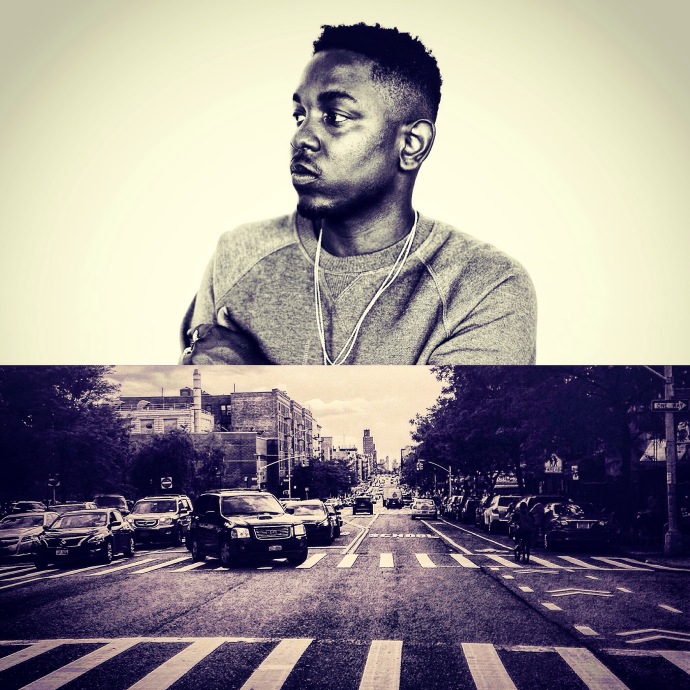
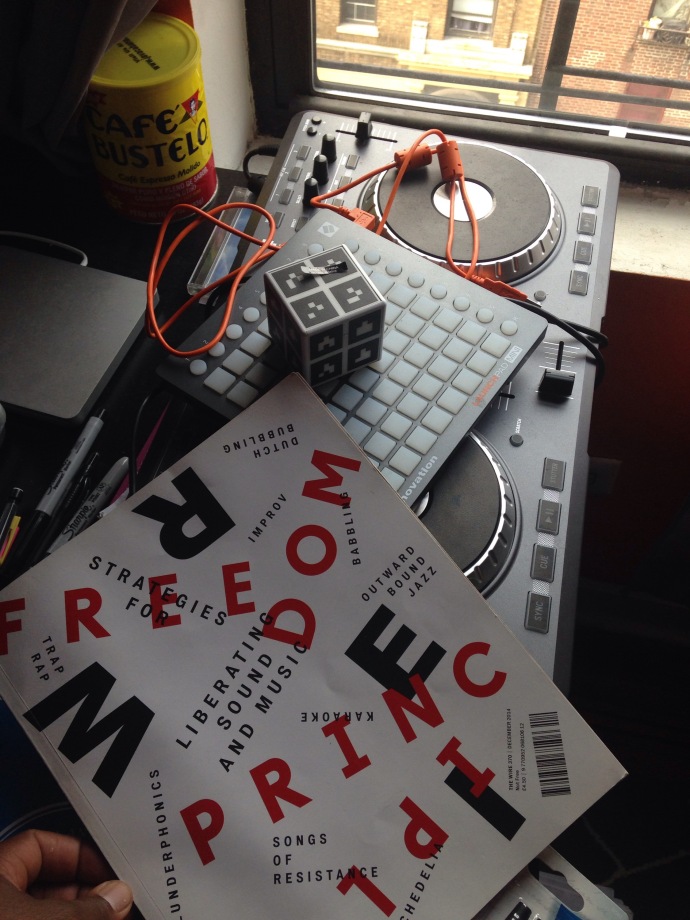
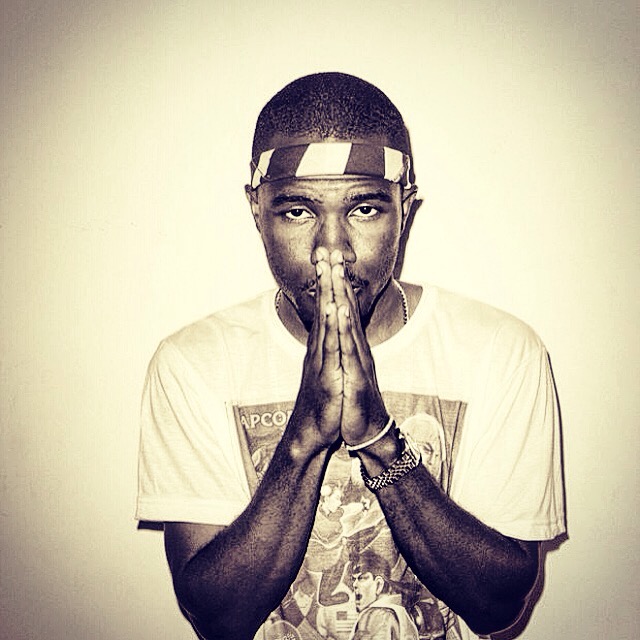
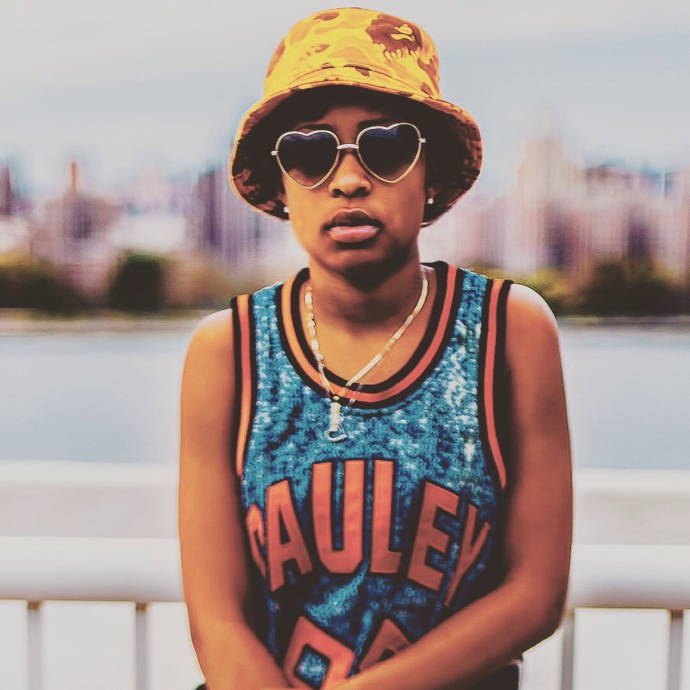



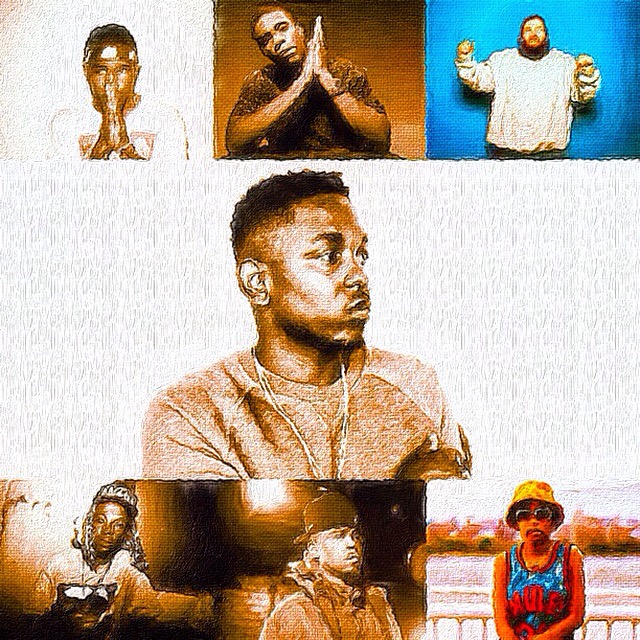

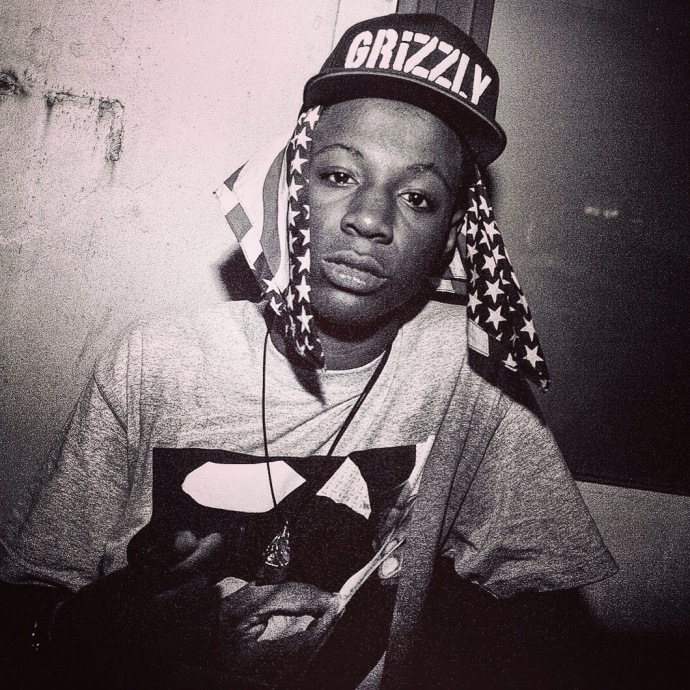
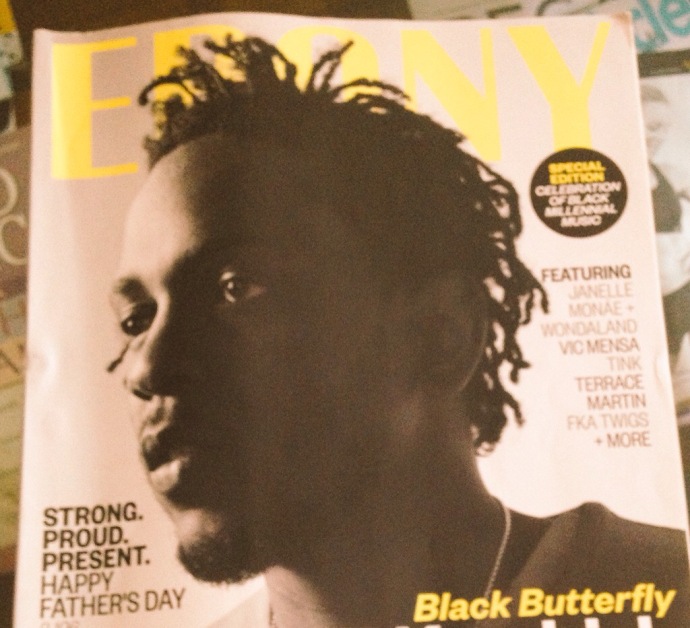

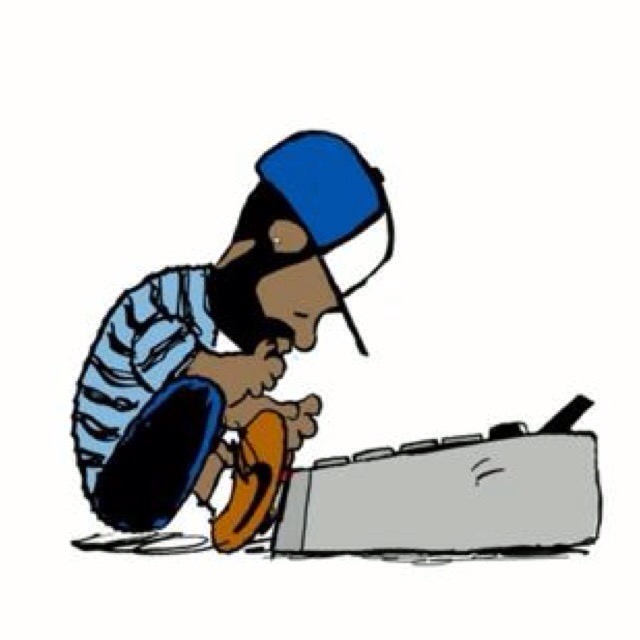












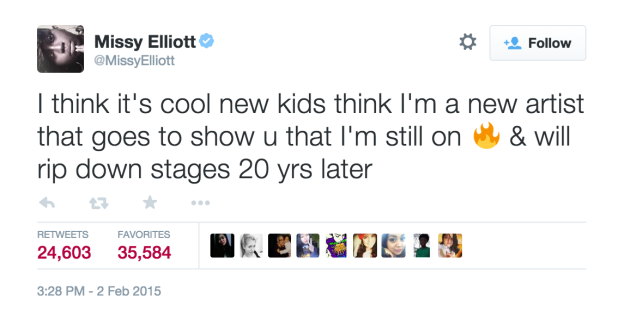
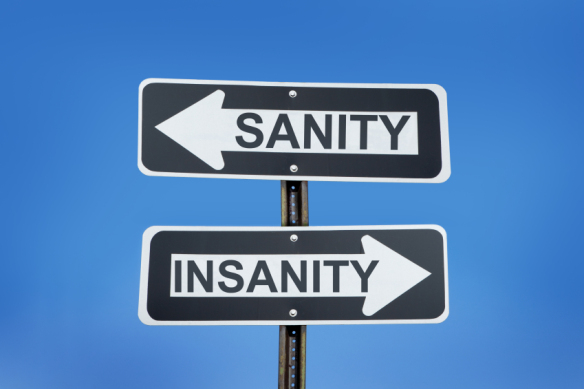
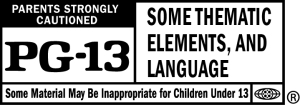 As their titles suggest, these pieces took a hard look at the kind of questions and concerns teachers…
As their titles suggest, these pieces took a hard look at the kind of questions and concerns teachers…